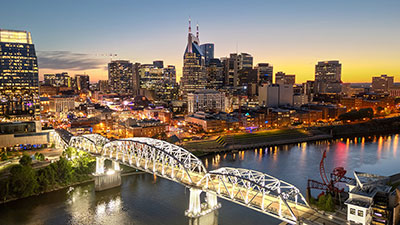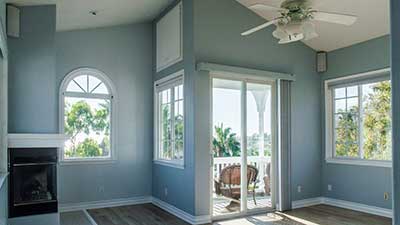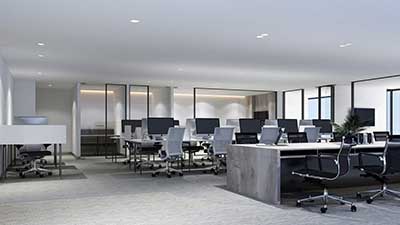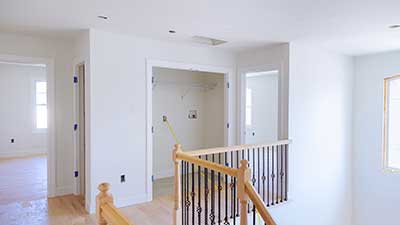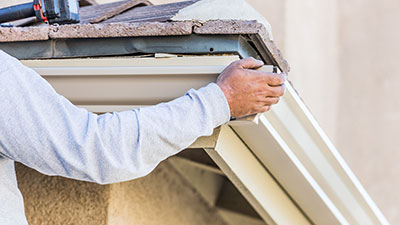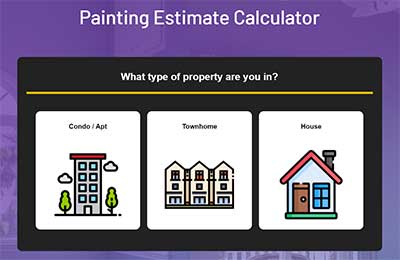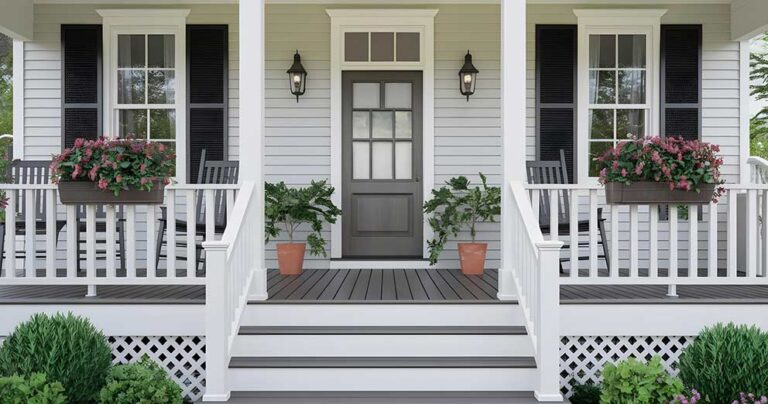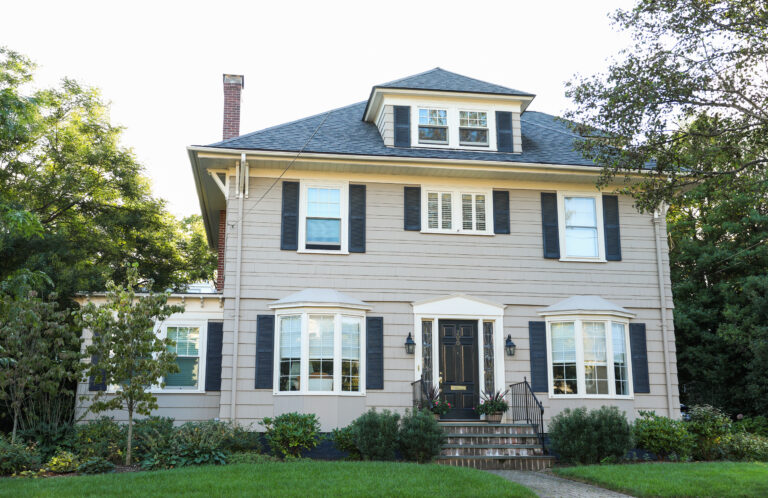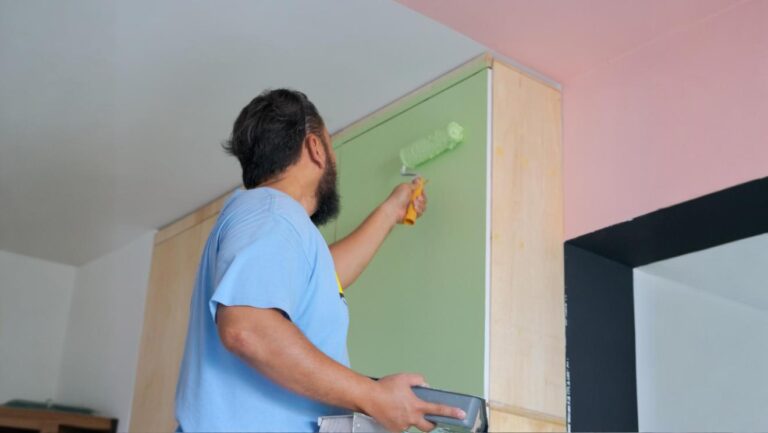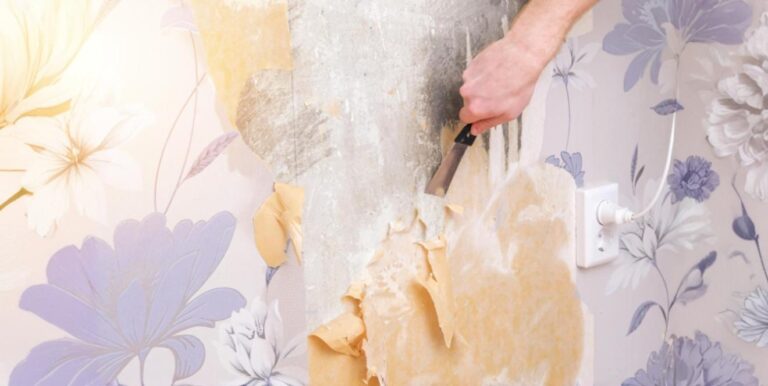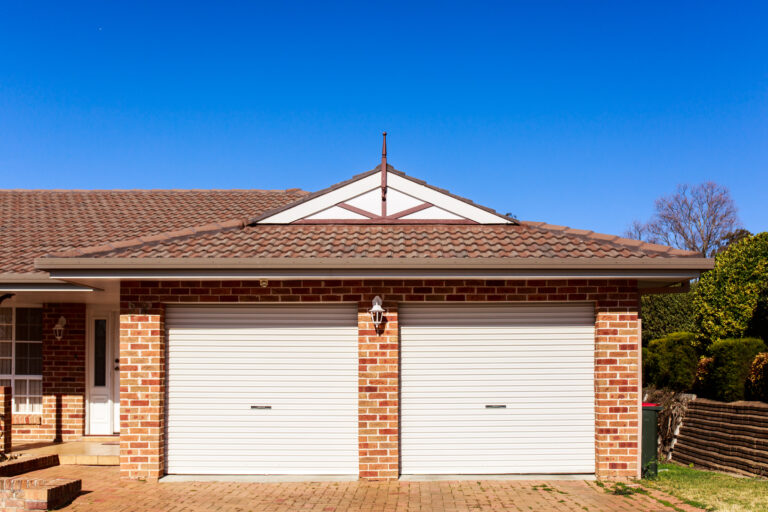Stepping into a freshly painted room feels like magic. The walls shine with new life, making your entire home feel cleaner and more inviting. But when exactly should you pick up that paintbrush again? While most experts suggest repainting your house interior every 3-5 years, the real answer depends on your specific rooms and how you use them.
Different spaces face different challenges. Your kitchen battles cooking splatters while your hallway endures daily foot traffic. Each room needs its own paint schedule to stay looking its best. Let’s look at exactly how often to repaint house interior spaces for maximum beauty and protection.
Key Takeaways
- High traffic areas need fresh paint every 2-3 years, while bedrooms can last 7-10 years.
- Kitchen and bathroom walls require repainting every 3-4 years due to moisture and grease.
- Quality paint and proper prep work determine how long your interior paint lasts.
- Living room and dining room spaces typically need repainting every 5-7 years.
- Regular cleaning and prompt touch-ups extend your paint’s lifespan.
- Winter and fall months provide optimal conditions for interior painting projects.
When to Schedule Interior Painting: Best Times of Year
Winter months offer ideal conditions for interior painting, with low humidity levels that help paint dry faster and adhere better. Professional painters often have greater availability during these cooler months, frequently offering reduced rates during their off-peak season.
Fall serves as an excellent alternative, providing moderate temperatures and humidity levels. Morning hours between 8am and 12pm provide optimal natural light for color accuracy and detailed work. Avoid high humidity summer months when possible, as moisture can slow drying times and affect paint adhesion.
Interior Paint: When It’s Time for a Refresh
Watch for these clear signs it’s time for new interior paint:
- Fading color, especially on walls with direct sunlight
- Scuff marks that won’t come clean
- Peeling or bubbling patches
- Stains that cleaning can’t remove
- Cracking or chipping paint
Regular painting protects your walls from damage, prevents moisture problems, and maintains your home’s value. The type of paint matters too. Flat paints hide wall flaws but don’t clean easily. Eggshell and satin finishes offer better washing ability for busy areas. Gloss paints stand up to scrubbing but show every wall imperfection.
Environmental Factors That Affect Paint Timing
The optimal temperature range for interior painting falls between 50-85°F, with ideal humidity levels between 40-70%. Your HVAC system affects paint longevity by creating temperature fluctuations. Rooms with direct sunlight exposure fade faster, particularly those with large south-facing windows. Proper ventilation becomes crucial in moisture-prone areas where poor air circulation can lead to premature paint failure.
Living Room and Dining Room Paint Timeline
Your living room and dining room walls should typically get fresh paint every 5-7 years. These gathering spaces see regular use but don’t face harsh conditions found in kitchens or bathrooms.
Several factors can change this timeline:
- Homes with young kids might need more frequent painting
- Rooms with large windows facing south get more sun damage
- Heavy entertaining reduces timeline by 1-2 years
- Smoking indoors yellows paint quicker
- Pet ownership introduces scratches, odors, and additional cleaning needs
If your rooms connect as one open space, paint them simultaneously for consistency. Using washable paint finishes helps you clean minor marks without full repainting.
Kitchen Walls and Wet Areas
Kitchen walls face cooking oils, food splatters, heat, and frequent cleaning. Most kitchen walls need repainting every 3-4 years, with the area behind your stove possibly needing attention sooner. Homes with frequent cooking may need attention every 2-3 years due to accelerated grease accumulation.
When painting kitchen walls, choose:
- Semi-gloss or satin finishes that wipe clean
- Paints specifically labeled for kitchens and high-moisture areas
- Lighter colors that don’t show grease as quickly
Proper wall prep makes a huge difference. Clean kitchen walls thoroughly before painting, removing all grease and food residue.
Bathroom Walls and Laundry Rooms
Bathrooms create painting challenges through constant humidity. Most bathroom walls need new paint every 3-4 years. Proper ventilation extends paint life significantly, while poor air circulation can reduce timelines to 2-3 years.
For both bathrooms and laundry rooms:
- Use mildew-resistant paints designed for wet areas
- Choose semi-gloss or gloss finishes that repel water
- Ensure proper ventilation
Steam and temperature fluctuations cause paint to expand and contract more than other areas. Water-based paints work particularly well in high-humidity rooms.
Bedroom Paint Longevity
Adult bedrooms typically enjoy the longest paint lifespan in your home. Master bedroom paint often lasts 7-10 years before needing refreshing. Guest rooms may go even longer—up to 15 years if they see only occasional use.
Children’s bedrooms tell a different story. Between crayon masterpieces, sticky fingerprints, and rough play, kids’ room walls typically need repainting every 2-3 years. Many parents time these jobs with age transitions or changing room themes.
Pet sleeping areas may need more frequent touch-ups due to scratches and accumulated pet hair. For adult bedrooms, select colors you’ll enjoy long-term since you won’t repaint often.
High Traffic Areas: Hallways and Entryways
Hallways and entryways see the most traffic in your home. These high traffic areas typically need fresh paint every 2-3 years. Family size significantly impacts wear patterns—larger families may need annual touch-ups in busy corridors.
For hallways that stay looking good longer:
- Choose satin or semi-gloss finishes that clean easily
- Consider darker colors that hide scuff marks better
- Paint baseboards with durable gloss paint
Entryways face additional challenges from outside elements. Using washable, scuff-resistant paint helps these spaces maintain their appeal.
Interior Trim and Decorative Elements
Interior trim takes serious abuse. Most homes benefit from repainting trim every 2-4 years, even when walls still look good. Crown molding typically needs less frequent painting than baseboards, often lasting 4-6 years. Window trim may require attention every 2-3 years due to condensation challenges.
White trim shows dirt more visibly than colored trim. Using good-quality paint with higher gloss levels helps trim resist damage and clean more easily.
Lifestyle Factors That Change Paint Schedules
Your daily habits significantly affect painting timelines. Smoking indoors requires annual touch-ups. Large families create more wear, often reducing standard timelines by 1-2 years. Pet ownership introduces scratches and stains. Frequent entertaining accelerates wear in social spaces.
Paint Job Durability Factors
Paint Quality: Good quality paint costs more initially but saves money long-term. Professional application typically extends paint life 2-3 years compared to DIY jobs.
Proper Prep: Initial prep work makes a huge difference. Properly cleaned, primed, and prepared walls hold paint much longer.
Environmental Factors: Rooms with sunlight fade faster. High humidity breaks down paint more quickly. Regional climate matters—coastal areas may need more frequent repainting.
The Value of Proper Timing
Interior painting delivers up to 107% ROI when selling your home. Strategic timing saves money—frequent touch-ups cost less than full repaints. For home sales, schedule painting 6-12 months before listing.
How to Make Wall Paint Last Longer
Extend your paint’s life with these practices:
- Clean regularly with gentle dusting every few months
- Address marks quickly with prompt touch-ups
- Control humidity using exhaust fans
- Avoid harsh cleaners
- Limit direct sunlight with blinds or curtains
Keep leftover paint for touch-ups, labeled with room, color, and date.
Conclusion
Your house interior deserves regular paint attention. While living rooms and dining rooms need repainting every 5-7 years, kitchens and bathrooms need more frequent care at 3-4 years. Bedrooms can go longer, while high-traffic hallways need refreshing every 2-3 years.
Consider seasonal timing—winter months provide optimal conditions. The actual timeframe depends on your lifestyle, paint quality, and maintenance habits. Professional painters like OnDemand Painters can help you choose the right products and techniques for maximum durability.ppearance for years between paint jobs, saving you time and money while creating a beautiful living space.
FAQs
How often should you paint your house interior?
Most interior paint jobs last 3-5 years, though high-traffic areas need attention sooner while bedrooms can go longer.
When should I apply a fresh coat of paint to my interior walls?
Apply a fresh coat when you notice fading, scuff marks that won’t clean off, peeling, or bubbling.
How often should you paint ceiling paint?
Ceiling paint typically lasts 10-15 years since it avoids the wear and tear that affects walls.
What’s the best time of year to paint house interiors?
Winter months offer ideal conditions with low humidity and faster drying times. Fall provides a good alternative.
How often should you repaint interior walls?
Interior walls typically need repainting every 3-7 years depending on room type and usage patterns.
When should you repaint living and dining rooms after a previous paint job?
Living and dining rooms need repainting every 5-7 years after your previous paint job.





